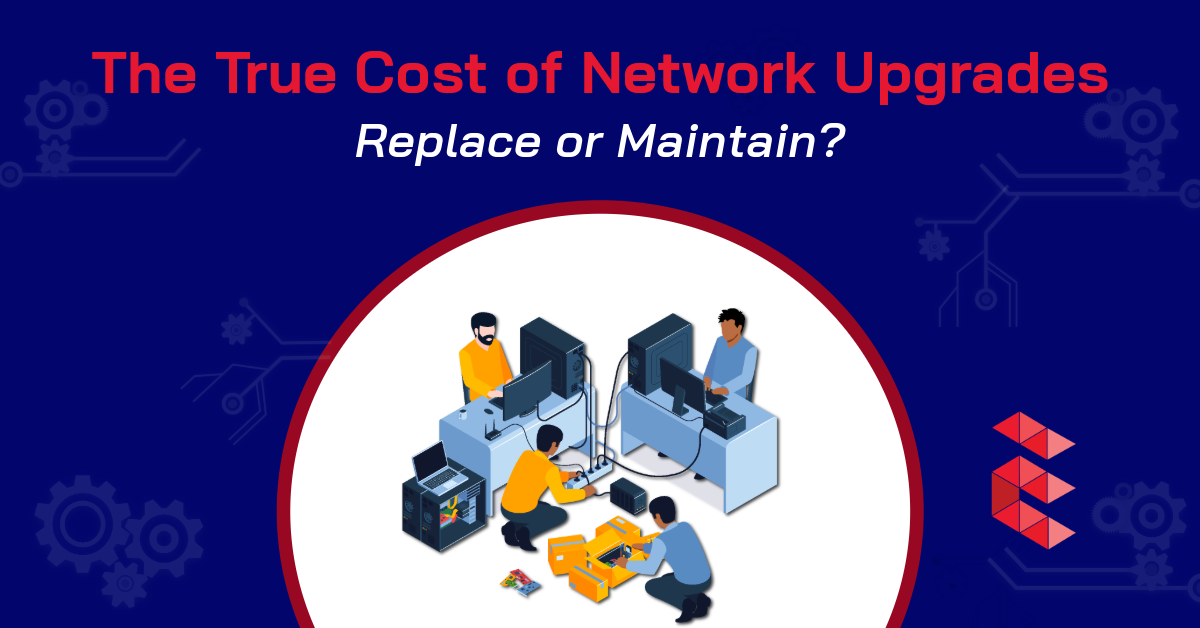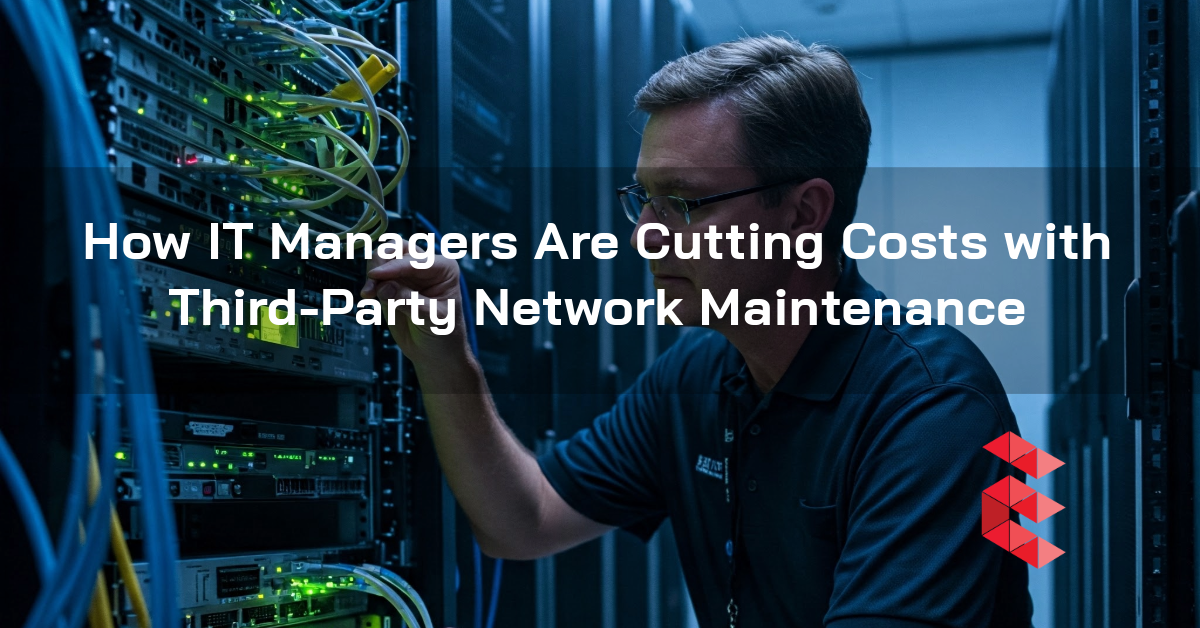Rethink Network Hardware: Break Free from Outdated Beliefs
When Old Habits Don’t Fit Modern Realities One of my favorite stories is the "ham story." It’s an allegory about why we cling to outdated practices...

Every IT manager faces the same dilemma at some point: Is it time to replace aging network hardware, or should you invest in keeping it running? It’s a question that doesn’t have a one-size-fits-all answer.
In my 25 years of working with network hardware, I’ve seen both sides of the coin. Some companies jump the gun and replace perfectly functional hardware, racking up unnecessary costs. Others hang on too long, risking performance issues and downtime. The key is understanding the true costs—both direct and hidden—so you can make the right decision for your business.
When considering a network upgrade, it’s important to look beyond just the price tag of new hardware. There are several layers of costs to factor in:
Direct Costs: This includes the price of the hardware itself, new licenses, and any additional components needed for installation. Labor for configuring and deploying the new system also adds up quickly.
Indirect Costs: You may need to train your team on new technology, deal with downtime during installation, or even troubleshoot compatibility issues with existing hardware.
Anecdotally, I once worked with a customer who wanted to replace an entire switch stack simply because the hardware was "old." They hadn’t considered the downtime, labor, and financial strain involved in a replacement. After some honest conversations, they realized their current setup still met their needs.
For businesses exploring network hardware solutions, Edgeium offers a wide selection of top-quality new and pre-owned network hardware designed to fit your needs.
There are situations where upgrading is not only logical but necessary to keep your business running efficiently. These are the key scenarios where a replacement may be your best bet:
To support these upgrades, Edgeium provides a robust network hardware inventory featuring both new and pre-owned options to help you find the right solutions for your business.
In many cases, maintaining your existing hardware is the smarter, more cost-effective choice. Here’s why:
I once worked with a customer who was hesitant about third-party maintenance but gave it a try after weighing the costs of a full replacement. The result? They saved over $100,000 and extended the life of their equipment by five years.
Not sure whether to replace or maintain? Here are four key questions to guide your decision:
When it comes to network upgrades, there’s no universal solution. The best decision depends on your specific needs, long-term goals, and budget constraints. Whether you choose to replace or maintain, understanding the true costs is critical.
At Edgeium, we specialize in helping businesses like yours make smarter network decisions. From pre-owned hardware to flexible maintenance plans like CovrEDGE™, we’re here to optimize your investment and keep your network running smoothly.
Ready to explore your options? Let’s connect and find the right solution for your network challenges.
Subscribe to our Monthly Newsletter.
✅ Expert IT tips you can actually use
✅ Cost-saving solutions that boost ROI
✅ Straightforward insights — just value
All straight to your inbox.
No spam. No sales pitches. Just better networks.

When Old Habits Don’t Fit Modern Realities One of my favorite stories is the "ham story." It’s an allegory about why we cling to outdated practices...

OEM (Original Equipment Manufacturer) support contracts—like Cisco SMARTnet—have long been the go-to for IT managers. But with rising costs and rigid...

Let's recap. Why buy used? Cost savings, fast delivery, reliable hardware along with a better warranty and less expensive support. The newest...